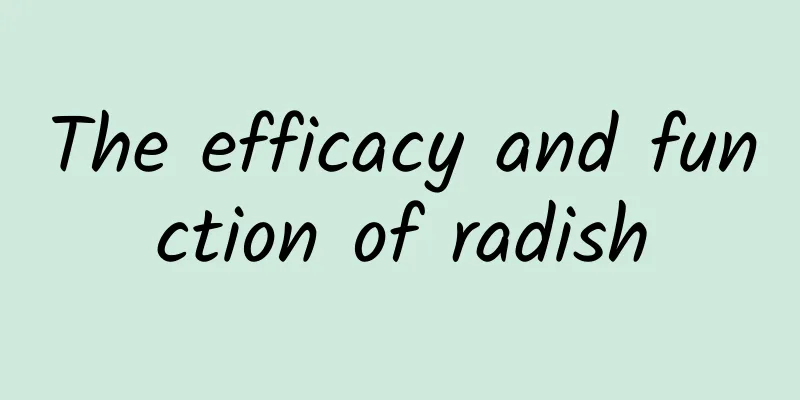What dyes are used in the "space tie-dyeing" displayed in the Shenzhou 13 Tiangong classroom?

|
On the afternoon of March 23, 2022, the Shenzhou 13 astronaut crew cooperated with each other to complete the second lesson of the Tiangong classroom. During the class, astronaut Wang Yaping demonstrated and explained my country's traditional and unique folk handicraft - tie-dyeing. Tie-dyeing has a long history and was already very mature in the Eastern Jin Dynasty. Tie-dyeing products were widely used in women's clothing during the Southern and Northern Dynasties, and tie-dyeing textiles were very popular during the Tang and Song Dynasties. In 2006, the tie-dyeing technique was approved by the State Council and selected as a national intangible cultural heritage. What dyes are used in tie-dyeing? Tie-dyeing with plant dyes has a long history in my country. Plant dyeing, also known as "plant dyeing", refers to a method of dyeing the dyed object by extracting pigments from various pigment-containing plants that grow naturally in nature. Plant dyes are usually obtained from pigments extracted from the roots, stems, leaves, flowers, fruits and juices of plants. They can be used to dye natural fibers and natural regenerated fiber textiles. This not only avoids the serious pollution caused by chemical dyes, but also conforms to modern people's natural, simple and environmentally friendly lifestyle. In the Book of Songs, the earliest collection of Chinese poetry, “Qingqing Zi Jin” and “Lü Yi Huang Shang”, Xunzi's "Encouragement to Study" says "The disciple surpasses the master". It describes the extraction and application of plant dyes. Because natural dyes contain different types of pigments, they can display a variety of colors. Although plant dyes have been passed down in my country for thousands of years, and the Qing Dynasty document "Xuehuan Embroidery Book" records more than 700 colors, in daily use, the plant dyes usually used are as follows: Blue dyes - indigo, woad, etc. Red dyes: madder, safflower, etc. Yellow dyes - Sophora japonica, turmeric, etc. Purple dyes - comfrey, perilla, etc. In addition, there are brown dyes (Dioscorea), black dyes (Gallanum chinense, Sumac), etc. Vegetable dyes are not only used for dyeing textiles, but are also commonly used for dyeing woven baskets. (Editor: Liu Dan) |
>>: Battle and coexistence between humans and viruses | Science Gallery
Recommend
The efficacy and function of agarwood
Many people know that agarwood has unique therape...
What are the effects and functions of raw Rehmannia?
Raw Rehmannia is still frequently used in our dai...
Individual exoskeleton! Let the "future soldier" have steel bones?
Exoskeleton, in its original definition, is simpl...
The efficacy and function of Jinjing Stone
There are so many medicinal herbs in the world, a...
A woman suffered liver failure after eating two super sweet pineapples! Be careful, it’s hot!
Now is the season when fruits and melons are frag...
#千万IP创科普# Avoid lightning! Air fryers frequently catch fire, you may have been using it wrong
Air fryer Because it is convenient and easy to us...
The efficacy and function of single-leaf mountain orchid
Do you know about the single-leafed mountain orch...
The sourest species, its butt can spray vinegar!
As the most prominent members of the Arachnida, s...
What are the medicinal values of Clematis chinensis
Clematis is a common Chinese medicinal material. ...
The efficacy and function of Huluzi
The medical value of Huluzi is beyond our imagina...
What differentiates people from the north and south? Dumplings or tofu pudding? Neither! Actually, it’s this!
In middle school geography class, we all learned ...
Who are the consumers of black wolfberry?
Black wolfberry is a kind of wolfberry with black...
The efficacy and function of dwarf tuo
With the development of society and the close int...









